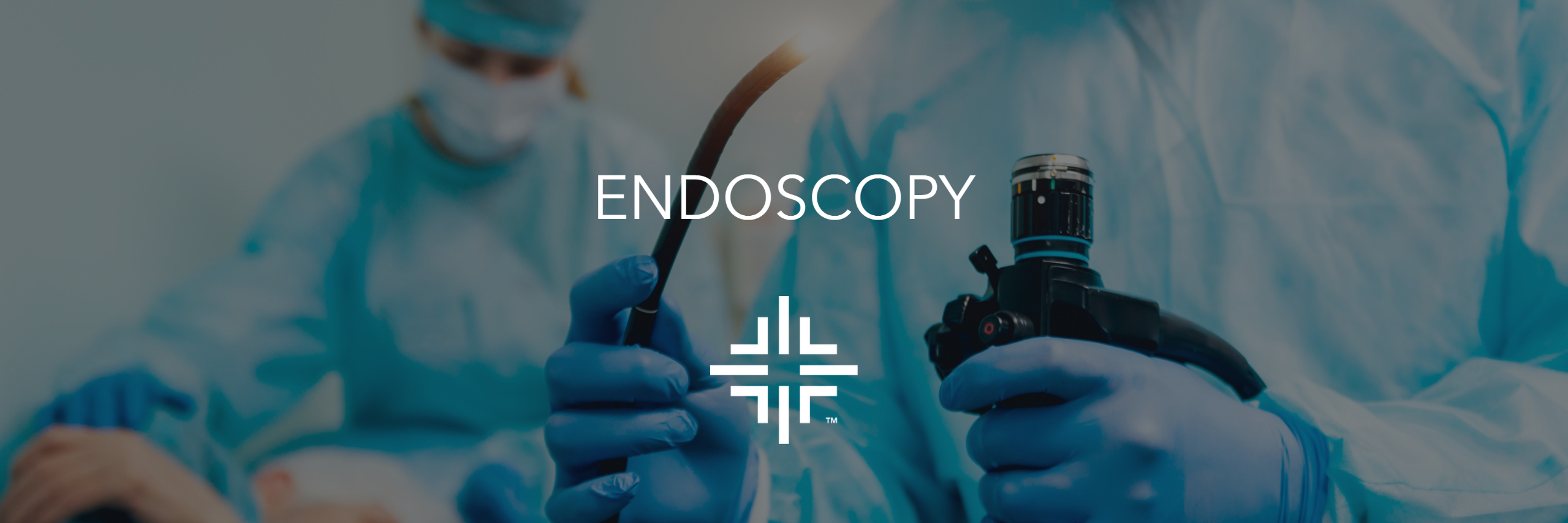Endoscopy Procedures at Covenant Physician Partners – Hawaii
We strive to make your endoscopy experience as pleasant and worry-free as possible. When done, many patients often remark how easy it was to go through the procedure.
Watch the video below to learn more information about Upper Endoscopies (EGD) and what you need to do to prepare for your next appointment. We’ve also compiled some answers to frequently asked questions about endoscopies and why they are so important to your health.
Frequently Asked Questions
What is an endoscopy?
Endoscopy is a procedure that uses long, flexible cameras, called endoscopes, to look inside the digestive system.
What is an esophagogastroduodenoscopy (EGD)?
When the procedure is limited to the examination of the upper portion of the digestive system, it is called upper endoscopy or an esophagogastroduodenoscopy (EGD).
Upper endoscopy is more accurate than x-rays for detecting inflammation, ulcers, or tumors. It is one of the most effective ways of diagnosing early cancers by helping to determine whether an abnormal growth is cancerous or not.
To treat conditions in the upper digestive system, small instruments can be passed through the endoscope that allows your doctor to perform procedures like removing abnormal growths.
When is an endoscopy used?
Common problems that can be evaluated with endoscopy include:
- Difficulty with swallowing
- Severe heartburn (acid reflux)
- Intolerances to foods
- Abdominal discomfort and pain
- Changes to your bowel habits
- Signs of bleeding
- Cancer screening and diagnosis
 What happens during the procedure?
What happens during the procedure?
First, a topical medication is sprayed or gargled to numb the back of the throat. Patients are also sedated and made comfortable with medications given through an IV during the procedure.
The doctor then eases the endoscope, which is a thin, flexible, lighted tube that has a tiny video camera, past the mouth and into the first portions of the digestive system. Air is pumped through the endoscope to enable a clearer view of the inside of your digestive system. Your doctor can sample or remove abnormal growths without significant discomfort.
How do I prepare? Will I need to miss work?
Your upper digestive tract must be empty for the procedure, so you must not eat or drink for at least 6-12 hours before the exam. Please inquire about taking your regular medications before the procedure.
Most people feel OK after an endoscopy. After your procedure is completed, you will be taken to another room where one of our nurses will ensure your comfort. You may feel a bit woozy from the sedatives.
Because of the sedatives given for the exam, we do not allow patients to drive, so you will need someone to take you home. Pain or any other unusual symptoms should be reported to your doctor immediately.
You should be able to return to work the next day. Read more about what to expect before, during and after an endocopy procedure.
At Covenant Surgical Partners, you will be cared for by well-trained, qualified, and respected professionals who specialize in this procedure. You will be monitored at every phase of the exam in the most advanced facility for endoscopy in Hawaii.
More Information
You can read more about specific gastrointestinal diseases and procedures at these websites:
National Digestive Diseases Information Clearinghouse (NDDIC)
This Information Clearinghouse is a service of the National Institute of Diabetes and Digestive and Kidney Diseases, National Institutes of Health. This is an excellent source of the latest information on digestive diseases and treatments.
MedlinePlus: Digestive Diseases
A service of the U.S. National Library of Medicine and National Institutes of Health, this website brings you information about diseases, conditions, and wellness issues. Contains the latest treatments, information on drugs and supplements, medical definitions, videos and illustrations.

